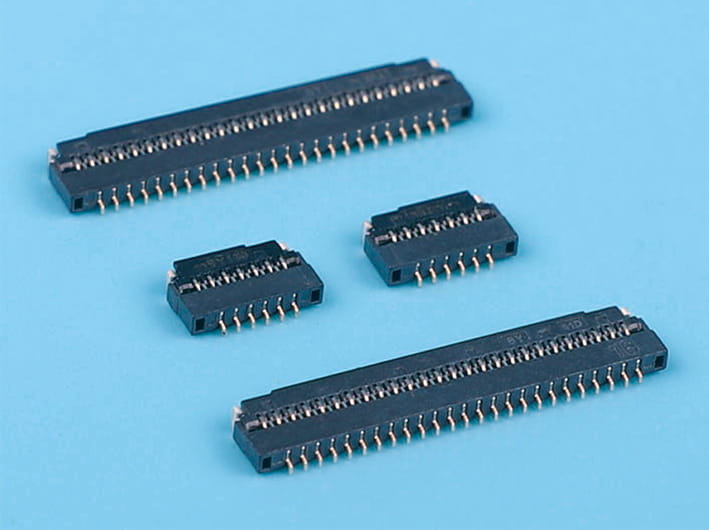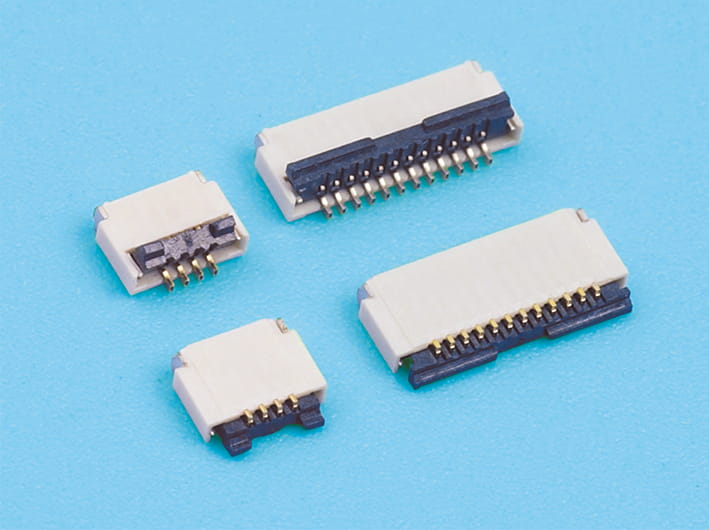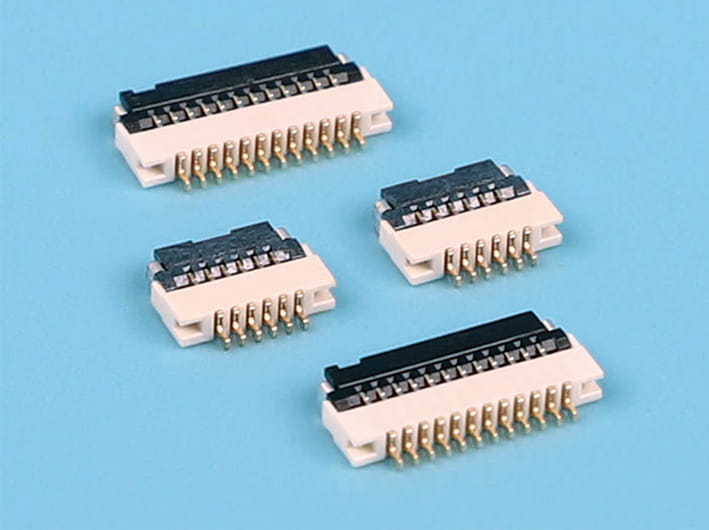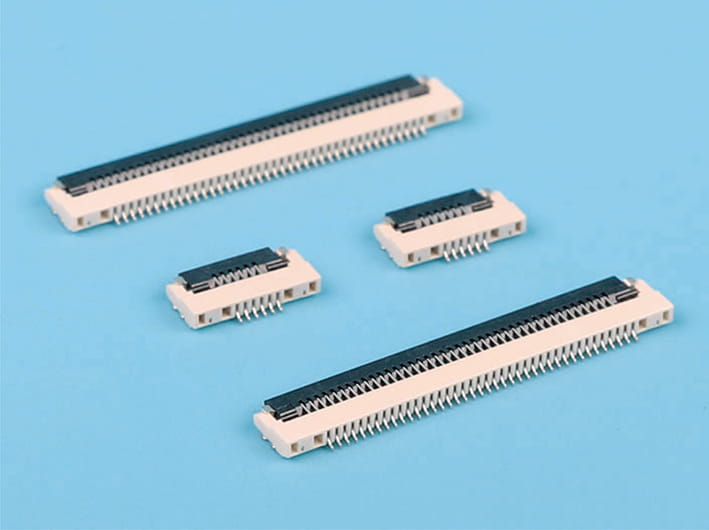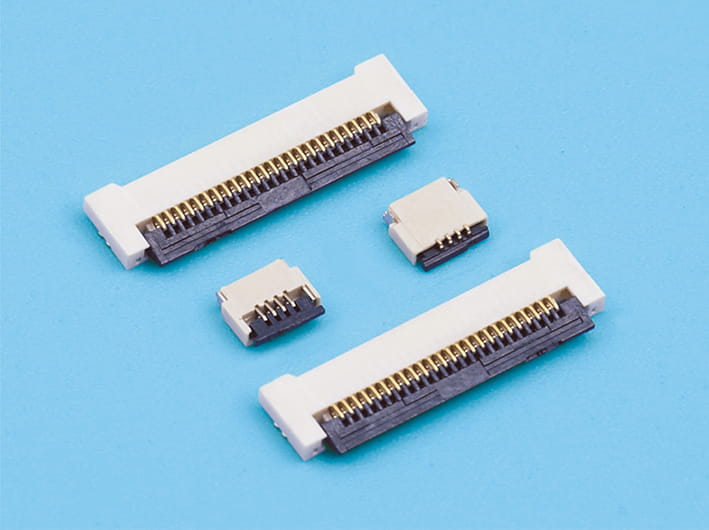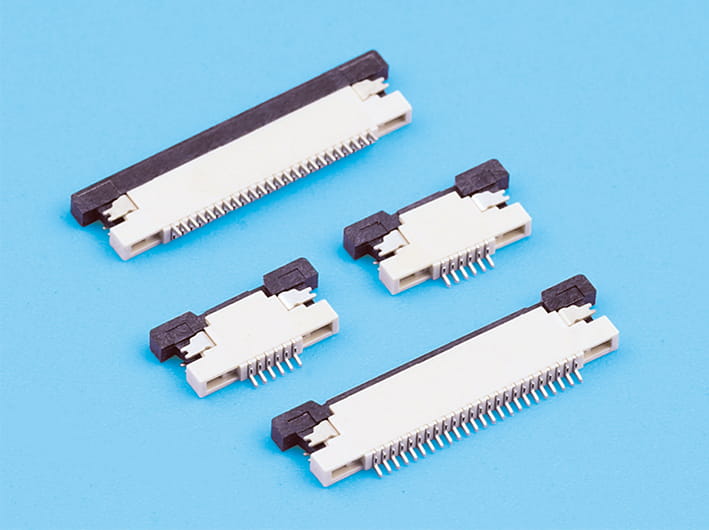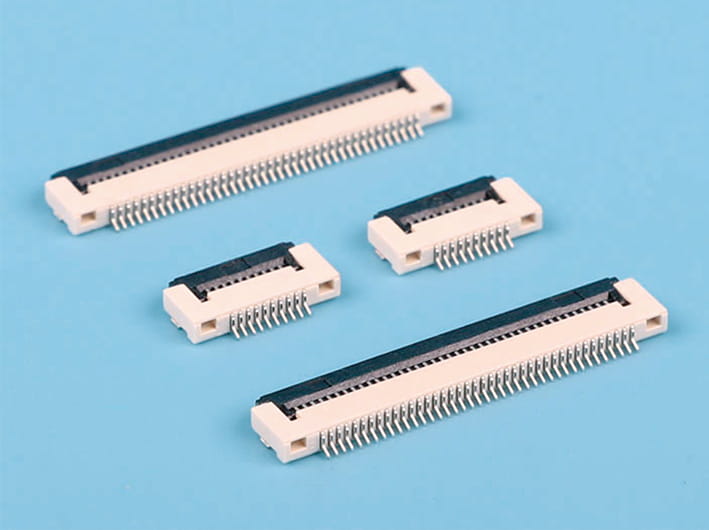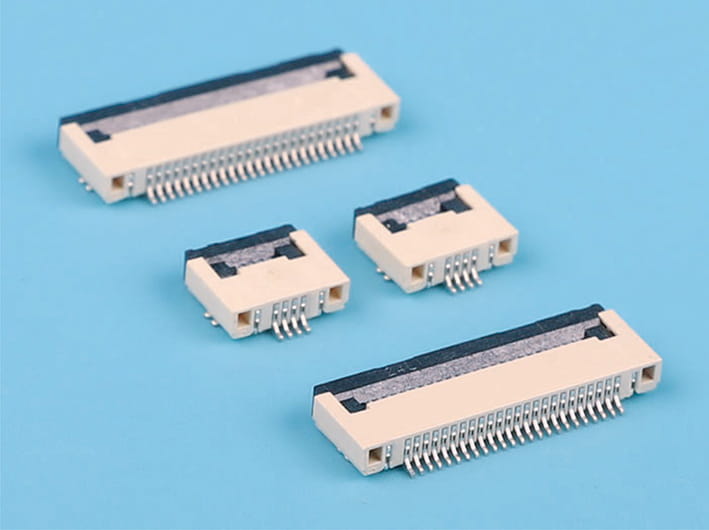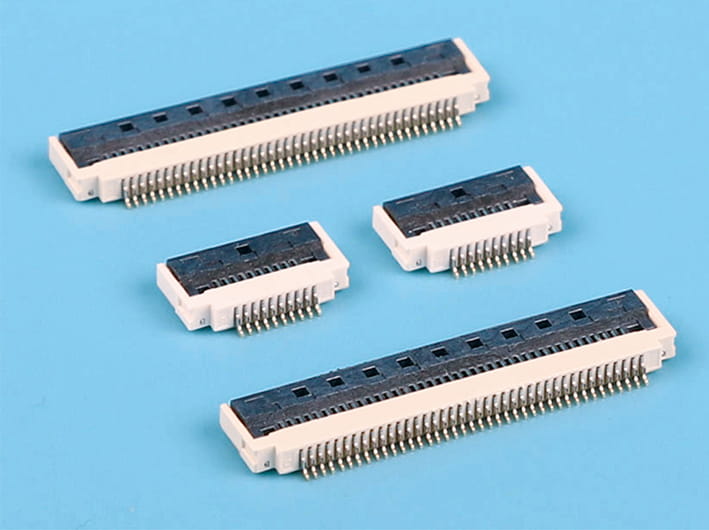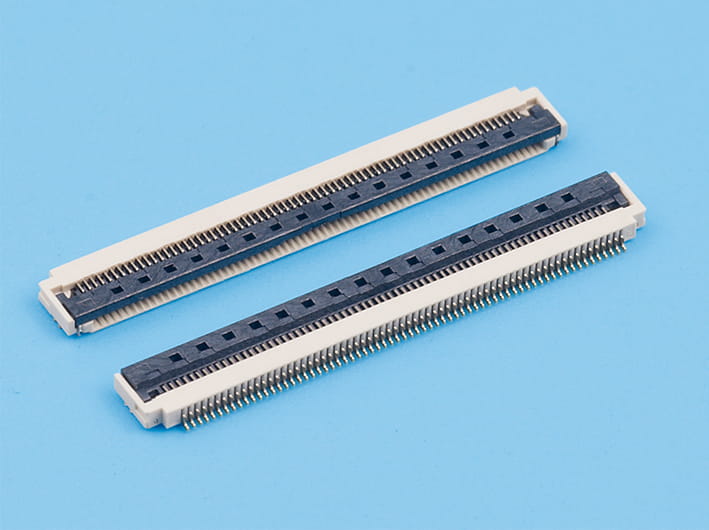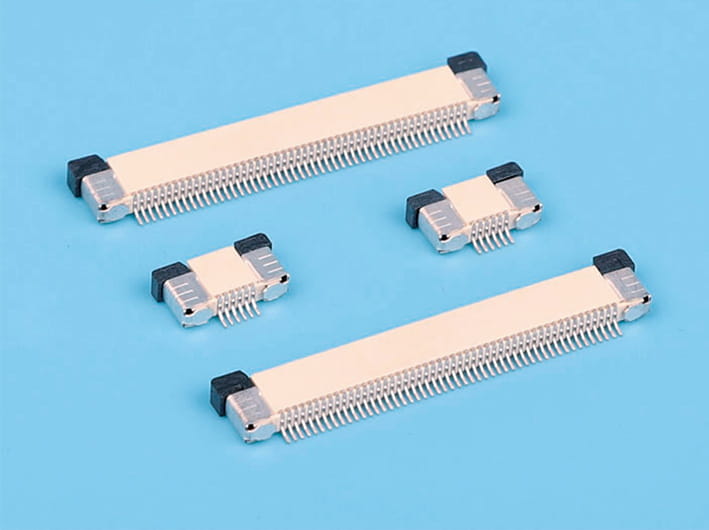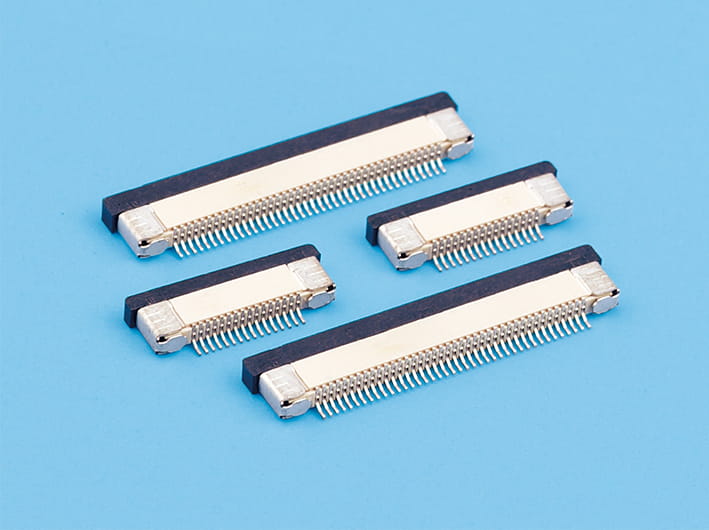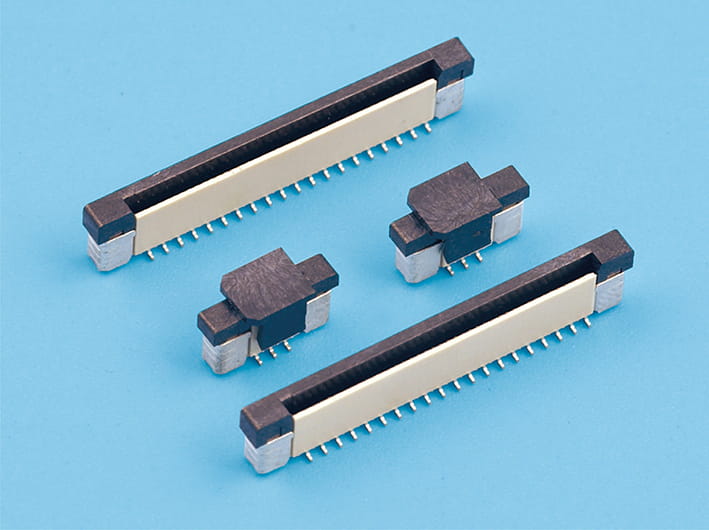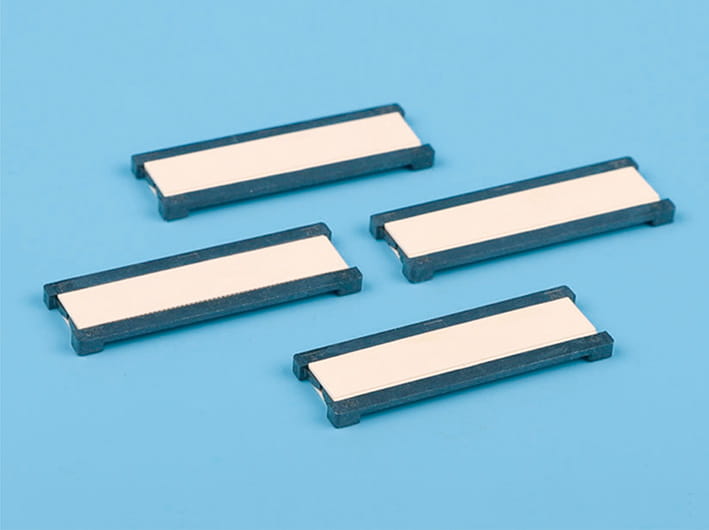Evaluating the Shielding Effectiveness of FFC Ribbon Cable in Modern Electronic Applications
Understanding the Importance of Shielding in Cables
Shielding is a critical feature in cables to protect transmitted signals from electromagnetic interference (EMI) and radio-frequency interference (RFI). For electronic devices, especially those operating in noisy electromagnetic environments, shielding helps maintain signal integrity and reduces data errors. FFC Ribbon Cable, due to its flat and flexible construction, is widely used in compact devices, but its inherent design raises questions about its ability to provide effective shielding compared to other cable types.

Inherent Shielding Characteristics of FFC Ribbon Cable
Standard FFC Ribbon Cables typically consist of parallel flat conductors laminated between insulating films such as polyester or polyimide. This construction does not inherently include any metallic shielding layer, making them more vulnerable to EMI and RFI in comparison to coaxial or shielded round cables. The lack of an integrated shield means that it relies heavily on the surrounding environment and device-level design to mitigate interference. As a result, in applications with significant electromagnetic noise, standard FFC cables may not provide sufficient protection against signal degradation.
Techniques to Enhance Shielding for FFC Ribbon Cable
To overcome the limited shielding of the standard, manufacturers and designers often implement additional measures. One common approach is to incorporate an external shield layer, such as a metal foil or braided mesh, wrapped around the cable assembly. This external shield can effectively block external electromagnetic fields and reduce emitted noise. Alternatively, some FFC cables come with a built-in conductive layer embedded during manufacturing, providing a degree of shielding while preserving flexibility. The choice depends on the application’s sensitivity and mechanical requirements.
Connector and System-Level Shielding Considerations
The overall shielding effectiveness also depends on proper grounding and shielding integration at the connectors and device interfaces. Even a well-shielded cable can suffer from interference if the connectors do not provide good continuity with the shield or if the system’s chassis grounding is inadequate. Engineers often design enclosures and PCB layouts to complement cable shielding, including grounding strategies and EMI filtering components. A holistic approach ensures that FFC Ribbon Cable, when used with appropriate shielding techniques, can meet demanding electromagnetic compatibility (EMC) requirements.
Trade-Offs Between Shielding and Flexibility
Adding shielding layers to FFC Ribbon Cable can impact its inherent advantages, such as flexibility, thin profile, and lightweight design. Metal shields can reduce bend radius and increase cable thickness and stiffness, which may not be acceptable in tight spaces or dynamic applications requiring frequent flexing. Designers must balance shielding needs against mechanical constraints, often opting for partial shielding or selectively shielding only critical cable sections. Innovations in shielding materials, such as ultra-thin conductive films, aim to protect with impact on cable flexibility.
Applications and Industry Practices
In many consumer electronics, automotive, and industrial devices, FFC Ribbon Cable is deployed in low-EMI environments or within shielded enclosures, making extensive cable shielding unnecessary. However, in high-speed data transmission or sensitive signal applications, enhanced shielding becomes essential to avoid signal distortion or data loss. Industry standards for EMC testing often dictate the required shielding performance, guiding the selection of appropriate variants and shielding methods.
Conclusion: Shielding Capabilities of FFC Ribbon Cable Depend on Design Choices
In conclusion, while standard, it does not inherently provide strong shielding against electromagnetic interference; its shielding effectiveness can be significantly improved through external layers, conductive coatings, and system-level grounding strategies. Designers must carefully consider the electromagnetic environment and mechanical requirements to choose or modify their assemblies appropriately. By doing so, FFC Ribbon Cable can reliably serve in a wide range of electronic applications without compromising signal quality.



 English
English 中文简体
中文简体 Español
Español عربى
عربى